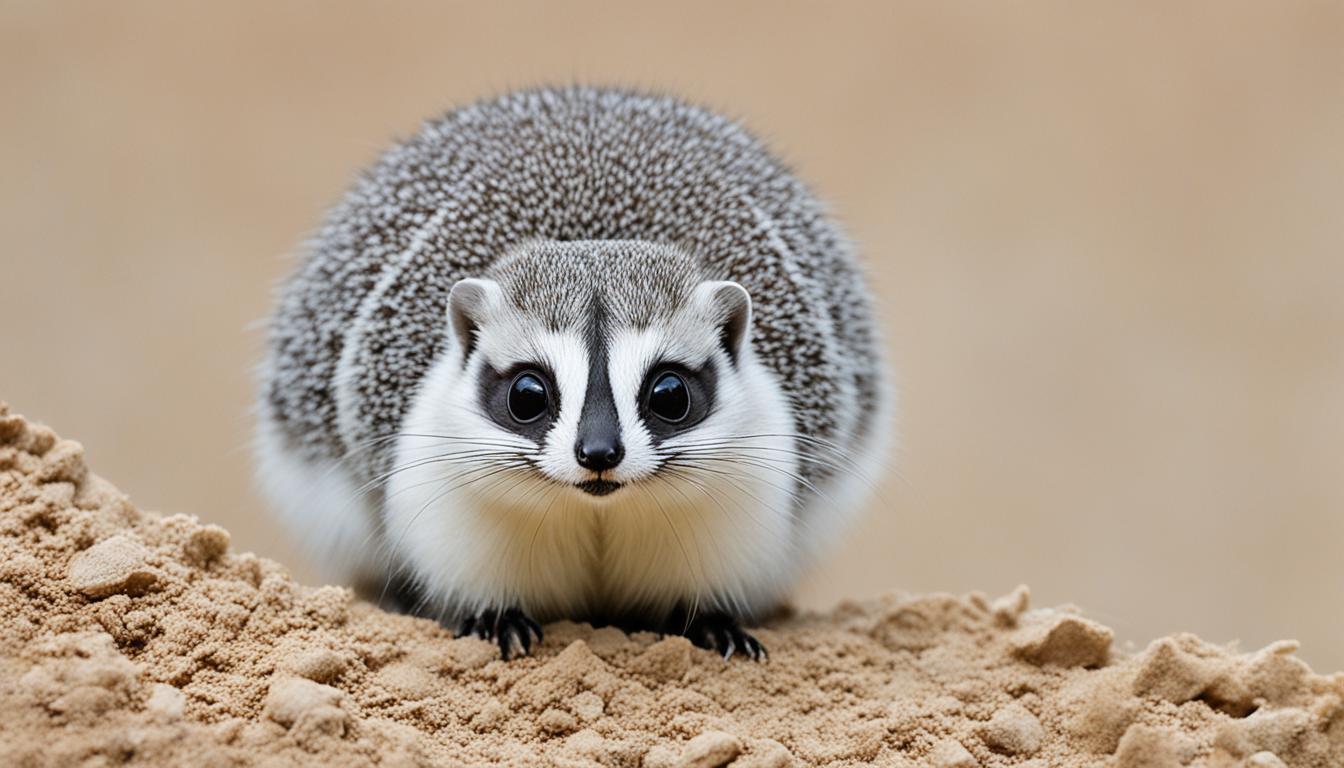Beluga whales, pilot whales, and false killer whales are marine animals similar to dolphins. Belonging to the same group, they share social behaviors and characteristics with dolphins. Belugas exhibit playful tendencies akin to dolphins, while pilot whales boast deep diving abilities and complex social structures. False killer whales form strong pod bonds like dolphins do. Further exploration into their behaviors and interactions with their environments can uncover more fascinating similarities.
Key Takeaways
- Orca whales exhibit high intelligence and complex social structures similar to dolphins.
- Beluga whales share social behaviors and interactions with dolphins.
- Pilot whales possess deep diving capabilities and intricate social structures akin to dolphins.
- False killer whales form strong bonds within their pods, resembling dolphin social structures.
- Risso's dolphins display playful tendencies and acrobatic behaviors like dolphins.
Cetaceans Related to Dolphins
Dolphins, like whales and porpoises, belong to the cetacean family, showcasing remarkable similarities in their evolutionary lineage and shared characteristics for life in the ocean.
Within the cetacean order, dolphins, whales, and porpoises are classified as toothed whales, known scientifically as Odontoceti. These marine mammals exhibit complex social behavior, forming pods that aid in communication, hunting, and protection.
One distinctive feature shared by these cetaceans is the presence of blowholes, specialized openings on the tops of their heads that allow for essential breathing when surfacing. This adaptation is vital for their survival in the aquatic environment, enabling quick respiration while minimizing the time spent at the water's surface.
Studying the genetic relationships and behaviors of these marine animals provides valuable insights into their evolutionary history and the fascinating adaptations that have allowed them to thrive in diverse oceanic ecosystems. By exploring the connections between dolphins, whales, and porpoises, we gain a deeper understanding of the intricate web of life within the cetacean family.
Shared Traits With Dolphins

Sharing common traits with dolphins, porpoises exhibit remarkable similarities in their evolutionary adaptations for life in the ocean. Porpoises, like dolphins, belong to the Odontoceti suborder, characterized by their toothed whales status. These marine mammals are fully aquatic, relying on specialized features to thrive in the oceanic environment.
Additionally, both dolphins and certain porpoise species display highly social behavior, forming tight-knit pods to navigate the vast waters together. Another shared trait is their use of echolocation, a sophisticated sonar system enabling them to communicate, locate prey, and navigate effectively underwater.
Moreover, porpoises, just like dolphins, are carnivorous marine mammals, feeding on a diet consisting of fish, squid, and other marine creatures. These commonalities highlight the fascinating parallels between dolphins and porpoises, showcasing their remarkable adaptations and behaviors as intelligent and agile ocean dwellers.
Similarities in Marine Mammals

In the domain of marine mammals, the similarities between dolphins and porpoises extend beyond their shared evolutionary history and aquatic lifestyles. Both belonging to the toothed whale suborder Odontoceti, dolphins and porpoises are sleek, intelligent creatures that exhibit remarkable social behavior. They live in pods, which are tightly knit groups, and rely on echolocation, or sonar, to navigate the underwater world and locate prey efficiently. While dolphins are known for their larger size and distinctive beaks, porpoises are characterized by their smaller stature and rounded heads.
—
| Marine Mammals | Shared Traits | Dolphins | Porpoises |
|---|---|---|---|
| Classification | Toothed Whale Suborder | Belong to Odontoceti suborder | Also part of the Odontoceti suborder |
| Social Behavior | Highly Social Animals | Live in pods with other dolphins | Form close-knit social groups |
| Echolocation | Use Sonar for Navigation | Depend on sonar to navigate and hunt | Rely on echolocation for survival |
Dolphin-Like Marine Animals

Swimming gracefully through the ocean depths, marine animals resembling dolphins exhibit similar sleek, intelligent, and social behaviors. Here are three fascinating facts about dolphin-like marine animals:
- Orca whales, also known as killer whales, are one of the species that share similarities with dolphins. These majestic creatures are highly intelligent and form complex social structures within their pods. Protected under the Marine Mammal Protection Act, orcas are apex predators in their marine environments.
- Baleen whales, although different from dolphins in appearance, are another group of marine mammals that exhibit unique behaviors. Despite their large size, some baleen whales display social tendencies similar to dolphins, showcasing the diverse range of traits found among aquatic mammals.
- Harbor porpoises, while smaller than many dolphin species, share common characteristics with their more well-known counterparts. These sleek marine mammals are known for their playful behaviors and agile movements in the water, adding to the variety of dolphin-like species in the ocean.
Marine Species Resembling Dolphins

Pivoting from our exploration of dolphin-like marine animals, we now shift our focus to marine species that bear a resemblance to dolphins in various intriguing ways.
Beluga whales, often referred to as 'sea canaries' due to their vocalizations, share similarities with dolphins in their social behaviors. These white whales are known for their playful interactions and complex communication patterns, echoing the social nature of dolphins.
Pilot whales, with their deep diving capabilities and intricate social structures, exhibit similarities to dolphins in hunting strategies and group coordination.
False killer whales, sleek and black in appearance, display traits akin to dolphins in their social behaviors and group dynamics, forming strong bonds within their pods.
Risso's dolphins, recognized by their scarred bodies from encounters with squid, exhibit dolphin-like playful tendencies and acrobatic displays, showcasing a parallel in behavior.
Spinner dolphins, famous for their aerial acrobatics and spinning behaviors, share similarities with dolphins in their social bonds and coordinated movements, highlighting the interconnectedness of various marine mammal species.
Frequently Asked Questions
What Sea Animal Is Similar to a Dolphin?
A sea animal similar to a dolphin is a porpoise. These sleek, intelligent creatures are fully aquatic mammals living in pods. Porpoises, like dolphins, use sonar to navigate and hunt. They share many abilities, demonstrating their close connection.
What Animals Are Closely Related to Dolphins?
When considering animals closely related to dolphins, porpoises immediately come to mind. They share physical traits, intelligence, and social behaviors. Echolocation, a shared ability, aids in communication and hunting. Porpoises are more reserved than the playful dolphins.
What Is a Large Sea Animal Related to the Dolphin?
Orcas, also called killer whales, are large sea creatures related to dolphins. They are intelligent predators with a diverse diet, using echolocation like dolphins. Their black and white coloring is distinct in the ocean.
What Are Dolphins Mistaken For?
Mistaken for fish due to their sleek bodies and aquatic lifestyle, dolphins are not just ocean dwellers. Often confused with porpoises or large fish, these highly intelligent marine mammals possess a distinct charm that captivates many.
Conclusion
To sum up, when it comes to marine animals similar to dolphins, it's crucial to highlight that cetaceans like porpoises and orcas share similar traits with these intelligent creatures.
By understanding the shared characteristics and behaviors of these marine mammals, we can appreciate the diversity and beauty of the ocean's inhabitants.
So next time you spot a dolphin-like marine animal in the water, remember the fascinating similarities they share with dolphins!










